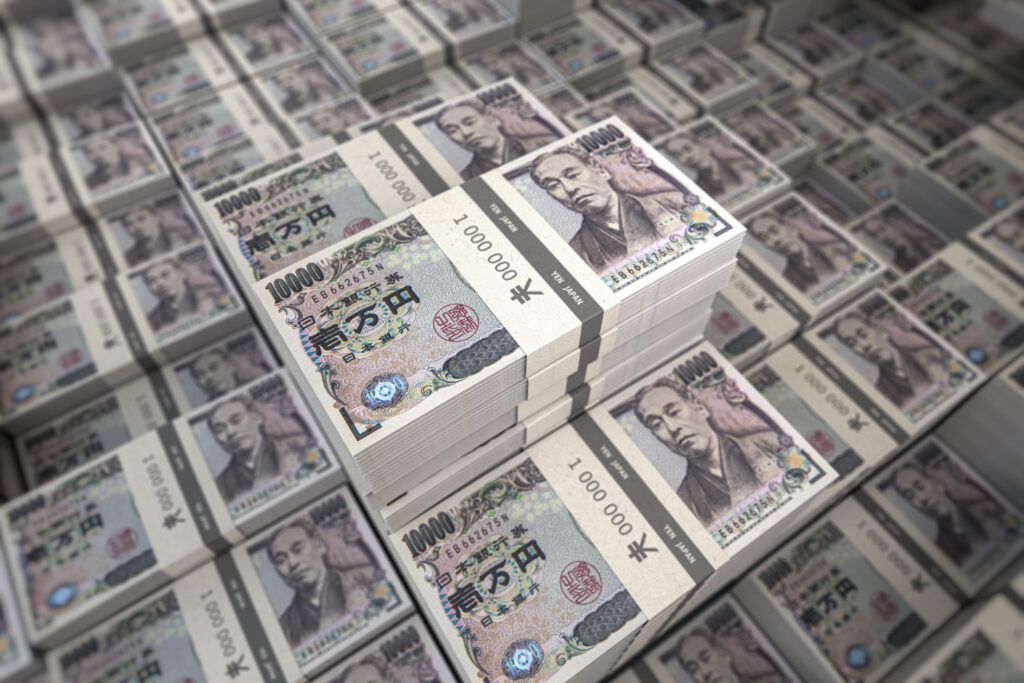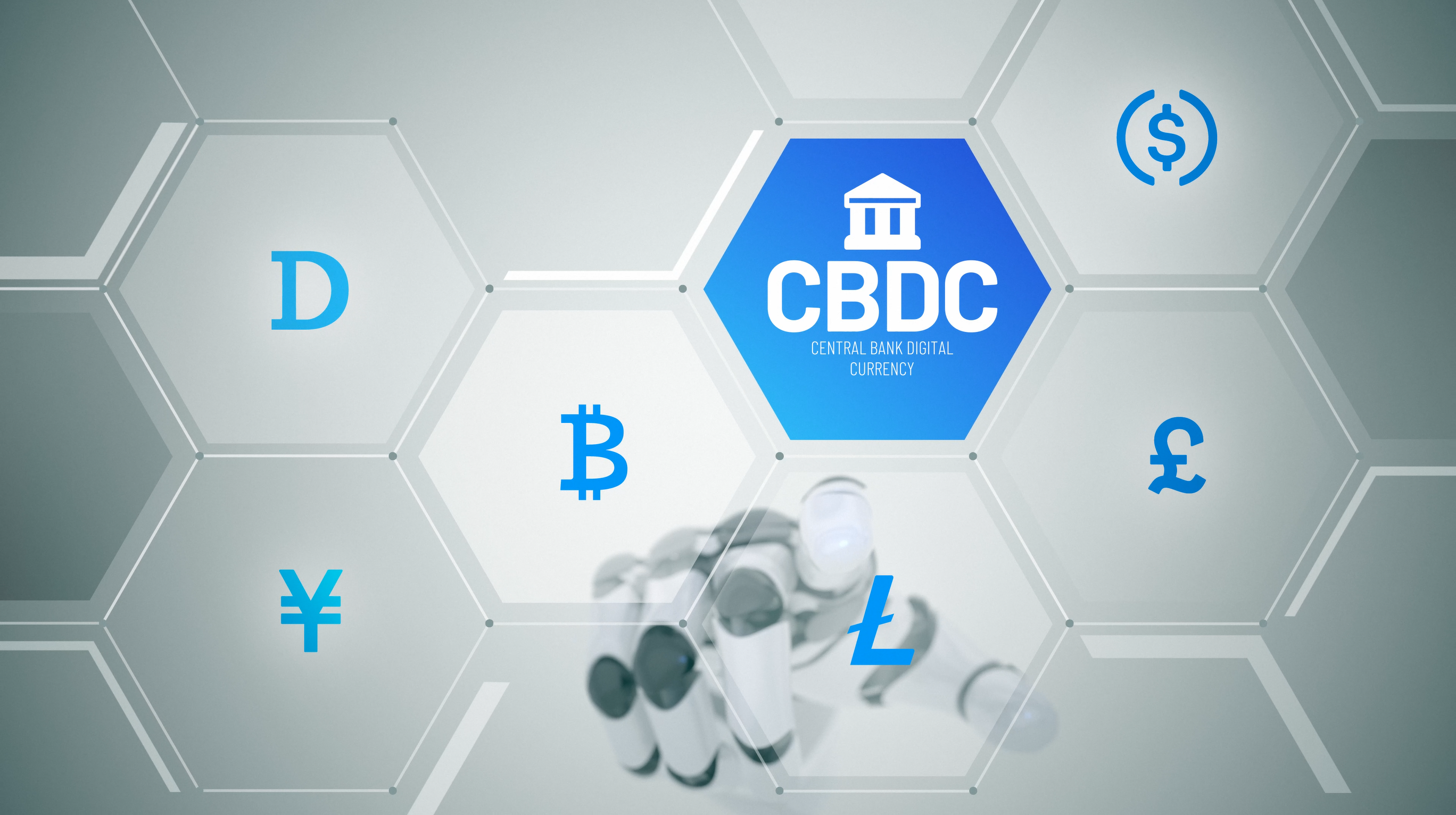Most people who hear the term CBDC (Central Bank Digital Currency) may be studying digital marketing.
This word is not familiar to the general public. In this article, we will explain CBDC.
Contents
What is CBDC(Central Bank Digital Currency)
It is a digital currency issued by the central bank. Although not introduced in Japan, if one were to assume that CBDC was issued in Japan, the “digital yen issued by the Bank of Japan” would be the CBDC of the Japanese yen.

Practical examples of CBDC
The first representative example of CBDC would be the “Digital Renminbi”. This is a legal digital currency issued by the People’s Bank of China.
Its research and development have been underway since 2014, and the first trial operation will begin in 2019. In October 2020, a demonstration test was launched in Shenzhen, and according to statistics released by the People’s Bank of China in December 2021, about 261 million people opened digital renminbi accounts, with a cumulative transaction value of about 87.6 billion yuan (about $1.6 trillion).
The way to use the system is to load an amount of money from the bank where the designated account was created to the wallet application on the smartphone, and then make the payment using a QR code. Since the entire payment process is done digitally when the money is withdrawn from a bank account, it is easier to track the transaction history than with coins or bills, and it is also possible to strengthen the fight against illegal activities such as money laundering.
In addition to the digital RMB, demonstrations and developments are underway in the following countries.
・Digital Dollar (U.S.)
・Digital Euro (EU)
・Digital Krona (Sweden)
・Digital Ruble (Russia)
・Sand dollar (Bahamas)
*Excerpts of representative items

Conversion of Japanese Yen into CBDC
At present, there are no plans to issue CBDCs in Japan. However, the Bank has stated its policy that it is important to be prepared to respond appropriately to future changes in the environment, and the possibility that the Bank will consider issuing CBDCs in Japan in the near future is at a stage where it is quite conceivable.
The Bank has listed the following functions and roles as “Expected functions and roles when CBDC is introduced”.
(1)Introducing a form of payment other than cash
Although it is not very likely that the amount of cash in circulation will decrease significantly in the foreseeable future, if such a situation arises in the future and, on the other hand, private digital money cannot fully replace the functions of cash, the Bank may offer universal CBDC as a means of payment in addition to cash. As long as there is a demand for cash, the Bank will continue to be responsible for the supply of cash.
(2)Helping to make private payments
Even in the absence of a reduction in the volume of cash in circulation, it may be appropriate to issue CBDCs to support private payment services, if necessary, from the perspective of enhancing the stability and efficiency of the payment system as a whole.
(3)Establish a payment system suitable for the digital society
In addition to the above, from a broader perspective, the Bank of Japan issuing CBDCs and then providing various services on top of them through the ingenuity of the private sector could lead to the establishment of a stable and efficient payment system suitable for the digital society.
※Quoted from “Publication of the Bank of Japan’s Policy on Central Bank Digital Currencies” (October 9, 2020, Bank of Japan)
As described above, the Bank mentions the possibility of improving the stability and efficiency of the entire payment system through the introduction of CBDC. In April 2022, the Bank completed the first phase of the proof-of-concept experiment, “Phase 1,” and published a report on the results, while “Phase 2” is currently underway.

